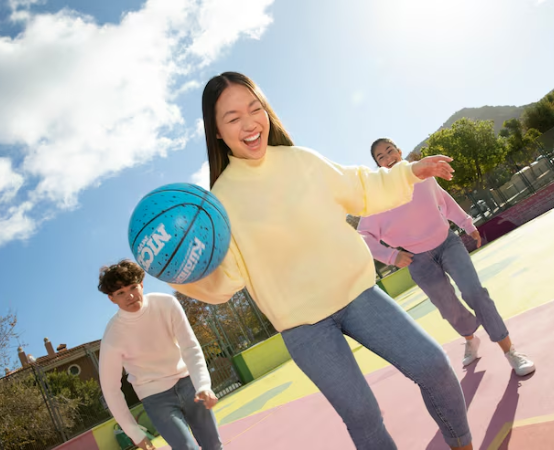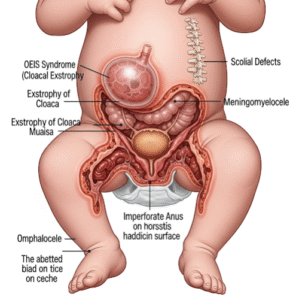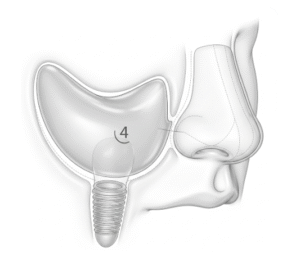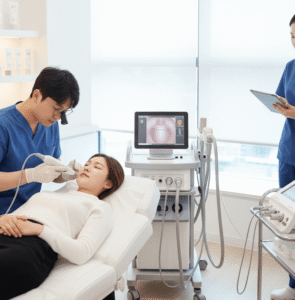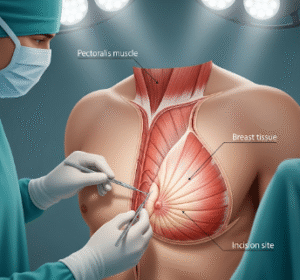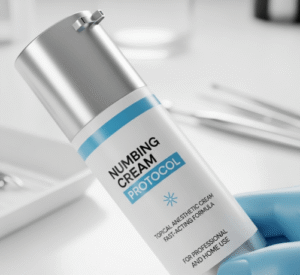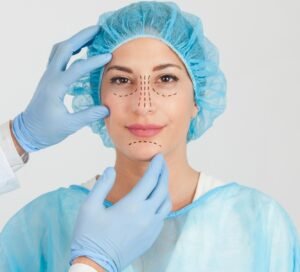In Korea, education has long been associated with academic excellence, long study hours, and intense competition. But in recent years, schools have recognized an equally important goal — promoting physical activity, health, and balanced development among students. The shift toward more active lifestyles reflects a growing awareness that fitness, movement, and mental wellness are essential parts of a successful education. Korean schools are now redesigning programs, spaces, and attitudes to help children grow up healthier, happier, and more resilient.
➤ A Shift Toward Holistic Education
Korean education has traditionally focused on test performance, often at the expense of physical health. However, the Ministry of Education has launched nationwide initiatives to integrate wellness and physical activity into daily school life.
Modern Korean schools now emphasize:
- Balanced growth — nurturing the body and mind together.
- Regular movement to offset sedentary study habits.
- Education on nutrition and lifestyle, not just sports performance.
This transformation reflects a broader national effort to combat childhood obesity, stress, and mental fatigue caused by long study hours and digital distractions.
➤ Daily Physical Activity Programs
Many schools have introduced daily exercise breaks to ensure students move regularly between lessons. Known as “movement time” or “active breaks,” these sessions last 5–10 minutes and include stretching, simple dance routines, or jumping exercises to improve concentration.
Teachers often play upbeat K-pop songs to make the sessions fun and culturally engaging. These mini-workouts improve posture, reduce eye strain from screens, and increase energy levels.
Some schools even encourage “walk and talk” sessions, where teachers and students discuss lessons or ideas while walking around the campus. This helps students stay physically active without interrupting learning.
➤ Revitalizing Physical Education (PE) Classes
Physical education has also undergone major reform. Instead of traditional, performance-based grading systems, many schools now use participation-based evaluation that encourages enjoyment rather than competition.
New PE programs include:
- Yoga and stretching for stress relief and flexibility.
- Dance and rhythmic gymnastics to promote coordination and creativity.
- Team-building sports like futsal, badminton, and volleyball to strengthen cooperation.
- Outdoor adventure days and hiking trips that connect students with nature.
These programs are designed to make physical education inclusive, confidence-building, and fun, ensuring that even non-athletic students find joy in movement.
➤ Health Education and Nutrition Awareness
Schools are also incorporating lessons about nutrition, sleep, and mental health. Students learn how to choose balanced meals, read food labels, and understand how diet affects energy and concentration.
School lunches—part of Korea’s acclaimed national school meal program—are planned by nutritionists and emphasize fresh vegetables, whole grains, and low-fat proteins. Students are encouraged to try diverse foods, reinforcing good eating habits that support active lifestyles.
In addition, many schools conduct health fairs and wellness weeks, inviting healthcare professionals to educate students about body awareness, healthy weight management, and the importance of regular physical activity.
➤ After-School Sports Clubs and Extracurriculars
To extend physical engagement beyond class hours, schools have expanded after-school sports clubs. These include:
- Soccer, basketball, and table tennis clubs.
- Martial arts such as taekwondo and kendo, which teach discipline and respect alongside fitness.
- New trends like dance clubs, cheerleading, and fitness boot camps for teens.
These clubs help students build friendships, relieve stress, and stay active even after academic classes. Some schools also partner with local community centers and sports associations to give students access to better facilities and coaching.
➤ Technology and Innovation in Fitness Education
Modern technology is playing an increasingly important role in encouraging active lifestyles. Many Korean schools now use fitness apps and wearable devices to track students’ activity levels and heart rates.
Smart PE programs analyze this data to help teachers design customized activities that suit different fitness levels. Interactive smart boards are used to demonstrate exercises and explain health topics in engaging ways.
Some schools have even launched virtual exercise programs for students who prefer digital learning or live in areas with limited sports facilities. The integration of technology ensures that physical activity remains accessible and relevant in today’s digital age.
➤ Mental Wellness and Mindful Movement
Korean schools are beginning to see the connection between mental health and physical movement. Mindfulness-based activities such as yoga, meditation, and breathing exercises are being incorporated into wellness programs.
Students are encouraged to take short mental breaks during study sessions—stretching, closing their eyes, or practicing slow breathing. These habits help reduce anxiety and improve emotional regulation, allowing students to maintain focus without feeling overwhelmed.
Some schools also organize “wellness mornings” where the day begins with meditation, light stretching, and gratitude exercises before academic classes begin. These small routines build resilience and a calmer mindset.
➤ Community and Family Involvement
Active lifestyles don’t end at the school gate. Korean schools work closely with families and communities to promote health beyond the classroom.
Parent-student sports days, weekend hiking events, and family fitness challenges encourage intergenerational bonding through movement. Schools send newsletters or hold workshops teaching parents how to support healthy habits at home—like limiting screen time, encouraging outdoor play, and preparing balanced meals.
By including parents in wellness efforts, schools create a supportive ecosystem that reinforces healthy living as a shared responsibility.
➤ Adapting to Challenges
While progress has been strong, challenges remain. Many students still face academic pressure that limits time for exercise. Urban schools often lack outdoor space, and winter weather can restrict outdoor activity.
To address this, some schools have started indoor “active classrooms” with standing desks, movement-based learning activities, and compact fitness zones where students can stretch or cycle during breaks. The government also funds projects to renovate old gymnasiums and create multi-purpose fitness areas accessible year-round.
➤ The Future of Active Learning in Korea
The movement toward active lifestyles in Korean schools reflects a broader change in how society views education and well-being. The focus is shifting from pure academic achievement to whole-person development, where physical health, emotional stability, and social skills are equally valued.
Experts predict that in the next decade, every Korean student will have a personalized health portfolio, tracking fitness, diet, and mental wellness as part of their overall education record. The rise of “smart wellness schools” could make Korea a model for holistic youth development in Asia.
➤ Conclusion
Korean schools are proving that promoting active lifestyles isn’t about forcing exercise—it’s about making movement enjoyable, habitual, and meaningful. Through creative programs, modern technology, and a renewed understanding of balance, schools are helping students build lifelong habits that support physical fitness, emotional health, and academic focus.
As Korea continues to evolve its education system, the message is becoming clear: a healthy mind needs an active body, and the classroom is one of the best places to start building both.

